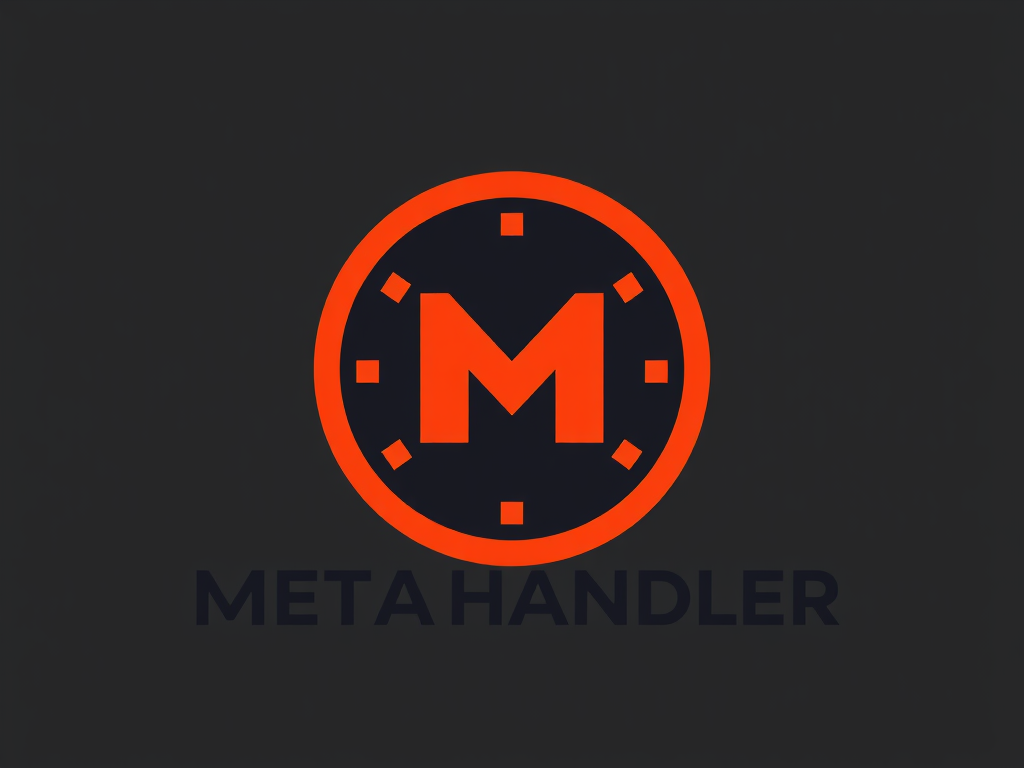Effective cybersecurity demands more than isolated defenses; it requires a strategic approach that spans the entire product lifecycle. From initial design to final decommissioning, every phase introduces unique vulnerabilities that can be exploited if left unmanaged. Recognizing the roles of IT managers, security experts, and product leaders in embedding security practices ensures resilient products that stand up to evolving threats throughout their lifespan.
Integrating Cybersecurity Across the Product Lifecycle
Integrating cybersecurity effectively into every phase of the product lifecycle management process is essential for building resilient digital products. Embedding security at the development, deployment, maintenance, and end-of-life stages ensures that vulnerabilities are identified and mitigated early and continuously.
Also to discover : Transforming cybersecurity with effective product lifecycle management
During the secure development lifecycle, risks such as coding flaws, misconfigurations, and inadequate access controls frequently emerge. Without proper cybersecurity integration here, these weaknesses can propagate into the deployment phase, where threats like insecure system configurations and exposed interfaces arise. Later, during maintenance, outdated software and delayed patching increase exposure to exploits. At the product’s end-of-life, improper data sanitization and decommissioning can lead to data breaches.
The responsibility for securing the entire lifecycle falls on multiple roles. IT managers coordinate infrastructure security and incident response, while security professionals focus on threat modeling, vulnerability assessment, and enforcing security policies. Product leaders integrate these efforts into the product roadmap, ensuring security priorities align with business objectives. This collaborative approach ensures security is a foundational component, not an afterthought, at every stage of product development and management.
Additional reading : What role does blockchain play in UK tech advancements?
Fostering cybersecurity integration throughout the product lifecycle management cycle not only reduces risk but also enhances customer trust and compliance with regulations. Access the full content for a comprehensive guide to implementing these best practices.
Strategies for Secure Product Development and Deployment
Security begins at the very foundation of secure software development through the implementation of security-by-design principles. This approach ensures that security considerations are integrated from the initial stages of product creation rather than added as an afterthought. Embedding security requirements into design specifications helps identify potential threats early, reducing vulnerabilities before deployment.
To maintain continuous protection, organizations often adopt DevSecOps practices. This integrates security into the DevOps pipeline, allowing automated security checks throughout the development lifecycle. DevSecOps fosters collaboration between development, security, and operations teams, enabling faster identification and remediation of risks. Continuous monitoring and testing supported by DevSecOps reduce the likelihood of vulnerabilities slipping into production.
Early vulnerability mitigation is critical during deployment. Frequent security assessments and static and dynamic analysis tools detect weaknesses proactively. Addressing issues before release minimizes exploitation risks and strengthens the overall security posture of products. Effective vulnerability mitigation strategies ensure that security is not compromised as products evolve and scale.
Access the full content for a comprehensive guide on transforming cybersecurity with effective product lifecycle management.
Robust Security Maintenance Practices
Maintaining cybersecurity throughout a product’s lifecycle demands ongoing patch management. This process involves regularly identifying and applying patches to address vulnerabilities that could be exploited by attackers. Effective patch management ensures that known security flaws are swiftly remedied without disrupting system performance. An organization’s update strategies must be comprehensive—prioritizing critical patches while automating updates where possible to reduce response times and human error.
Continuous monitoring is equally vital in security maintenance. By employing real-time surveillance tools, potential threats can be detected and mitigated promptly before escalating into major incidents. This proactive approach includes setting up alerts for unusual activities and conducting regular audits. Incident response protocols integrated within continuous monitoring help streamline identification, containment, and recovery, thereby minimizing risk exposure during the product lifecycle.
Furthermore, securing third-party and supply chain components is critical, as vulnerabilities in these can compromise otherwise secure products. Implementing rigorous evaluation and validation processes for third-party software or hardware components should be part of the patch management and continuous monitoring framework. Regular security assessments focusing on supply chain risks enable organizations to proactively manage external dependencies, preventing indirect breaches.
Access the full content for deeper insights into maintaining robust security practices throughout the product lifecycle.
Managing End-of-Life for Secure Product Retirement
Effective product decommissioning is critical to maintain security when devices or software reach their end of life. One fundamental step is data sanitization, which ensures that all sensitive information is irreversibly removed before disposal or repurposing. This prevents unauthorized access to confidential data and mitigates risks posed by residual information.
End-of-life introduces unique risks. Software vulnerabilities may no longer receive patches, leaving systems exposed to exploitation. Continued risk management during product retirement involves assessing these vulnerabilities and implementing controls, such as network isolation or compensating security measures, to protect organizational assets.
Compliance with regulatory frameworks often mandates proper data destruction and secure product retirement processes. Organizations must align their product decommissioning practices with standards that govern data protection, such as GDPR or HIPAA, to avoid legal and financial penalties. Documenting these procedures supports audits and demonstrates accountability.
By integrating thorough data sanitization, addressing evolving end-of-life risks, and adhering to compliance requirements, organizations can retire products securely and responsibly. Access the full content to explore comprehensive strategies for transforming cybersecurity through effective product lifecycle management.
Case Studies: Lifecycle Security in Action
Exploring practical implementation through real-world examples
In various industries, real-world examples demonstrate the critical role of effective product lifecycle security in protecting products from emerging cybersecurity threats. Successful implementations highlight industry best practices such as embedding security measures from design to decommissioning phases. For instance, sectors heavily reliant on connected devices have integrated continuous monitoring and patch management to rapidly address vulnerabilities throughout the product lifecycle.
Conversely, incidents involving poorly managed lifecycle security often result in costly breaches. Analysis of these events reveals that gaps in early-stage design or delayed updates during the operational phase are common contributors. These cases underscore the need for practical implementation of comprehensive security strategies that span all lifecycle stages.
Key takeaways from such case studies emphasize the importance of proactive planning. Embedding security considerations within product development frameworks ensures resilience against attacks. Additionally, cross-functional collaboration and regular security audits throughout the lifecycle enhance the ability to detect and mitigate threats promptly. These lessons guide organizations in refining their strategies to safeguard product integrity across evolving threat landscapes.
Access the full content for an in-depth exploration of these insights and more.
Recommended Frameworks and Policies for Lifecycle Cybersecurity
Ensuring robust defenses throughout the product lifecycle
Leading cybersecurity frameworks such as NIST Cybersecurity Framework and ISO/IEC 27001 offer comprehensive guidelines that support effective product lifecycle management. These frameworks emphasize risk management standards crucial for identifying vulnerabilities at each phase—from design and development to deployment and decommissioning. By aligning your organization’s processes with these frameworks, you create a structured approach to managing cybersecurity risks consistently.
Effective policy development is essential to enforce lifecycle security. Policies should mandate secure coding practices, regular vulnerability assessments, and patch management procedures during product development. They must also establish clear protocols for incident response and secure data handling throughout the product’s operational life. Incorporating these policies ensures that cybersecurity considerations are integrated early and maintained continuously.
To establish organization-wide lifecycle security governance, it is advisable to form cross-functional teams responsible for cybersecurity oversight across departments. This governance structure enables consistent enforcement of the established cybersecurity frameworks and policies, facilitating timely risk mitigation and compliance. Governance should include regular training, auditing, and documentation to maintain transparency and accountability.
Access the full content.





